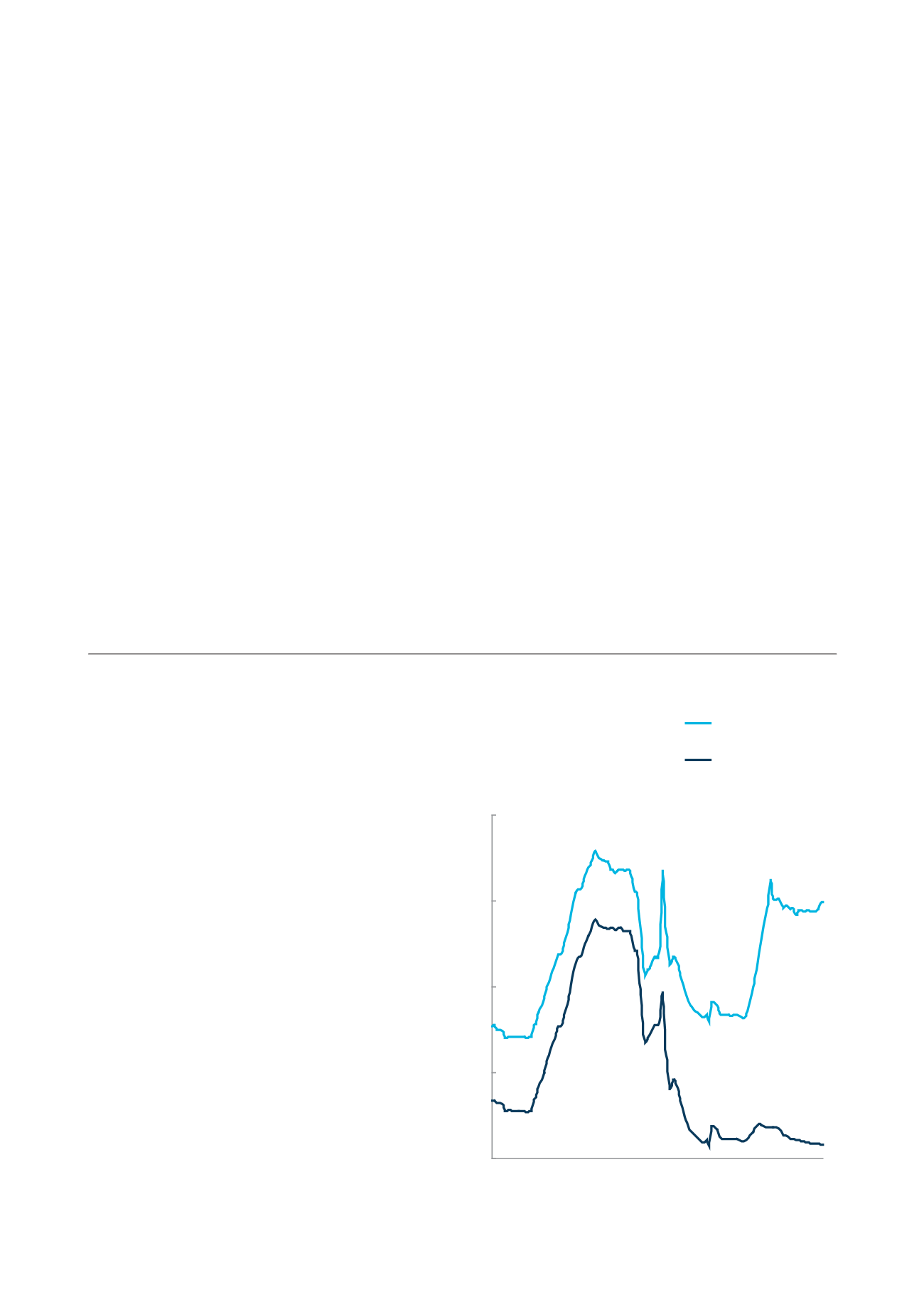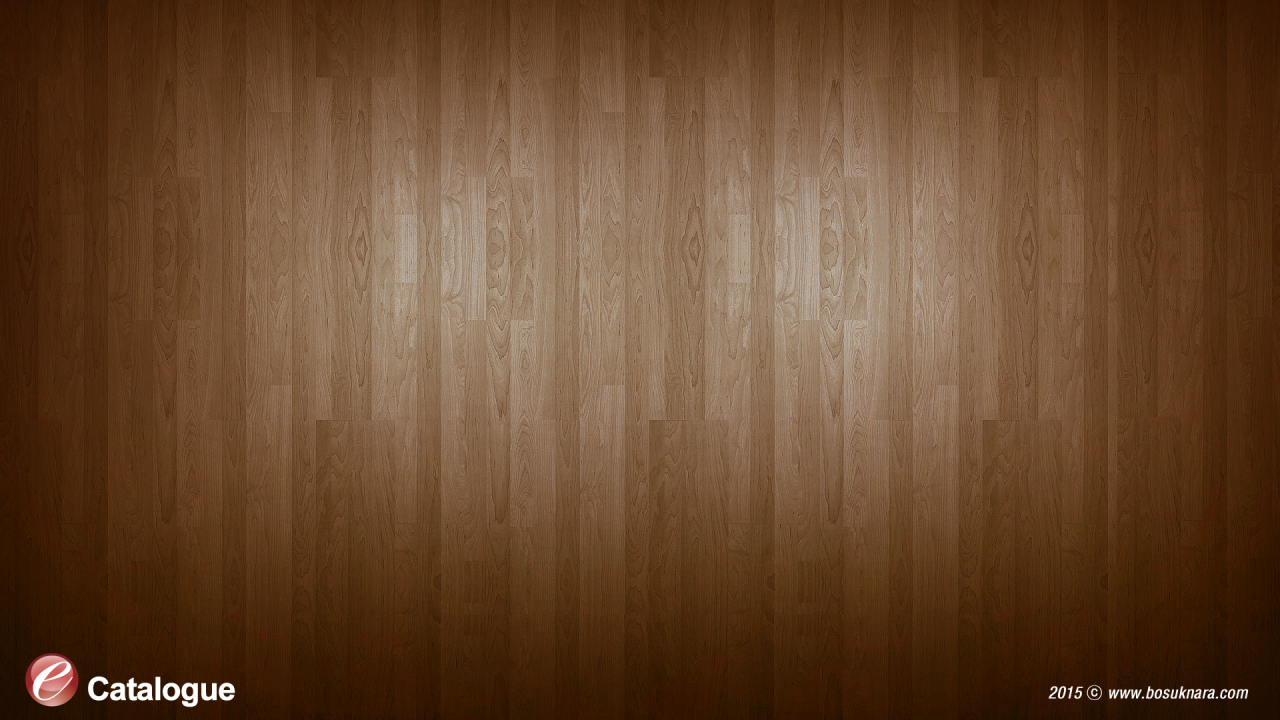

32
CUTT I NG AND
POL I SH I NG
2013 SNAPSHOT
The cutting and polishing industry is global in nature.
It remains fragmented, with thousands of companies
operating with multiple business models, including
wholesalers, rough dealers, manufacturers and
polished dealers, as well as combinations of these
activities. The Israel Diamond Exchange, for example,
has more than 3,000 members
16
, many of which are
very small companies or sole proprietors. Even among
the leading companies in the sector, there are many
traditional family-owned businesses with a long history
in the diamond industry.
However, recent years have seen the midstream sector
coming under increasing pressure for a number of
reasons. These include lower carat supply, increasing
costs in the upstream, and growing pressure from
the retail sector, where consumers make higher
demands and brands take greater share (as described
in the ‘Diamond Jewellery Retail’ chapter of this
report). These trends are compounded by significant
financing challenges: as polished demand increases,
the midstream needs additional funding. Declining
overall central bank interest rates
17
have not resulted
in lower borrowing costs for midstream companies,
indicating that banks perceive increasing risks in the
diamond sector overall (see Fig. 17).
FIG. 17:
DIAMANTAIRES’ BORROWING COSTS OVER
TIME VS LIBOR RATES
Source: De Beers estimates; ICE Benchmark Administration Limited
(IBA) for Libor rates
8
6
4
2
0
2011
2010
2014
2013
2012
INTEREST RATE
2009
2008
2007
2006
2005
2004
2003
Average interest rate
paid by diamantaires
Libor
Per cent















